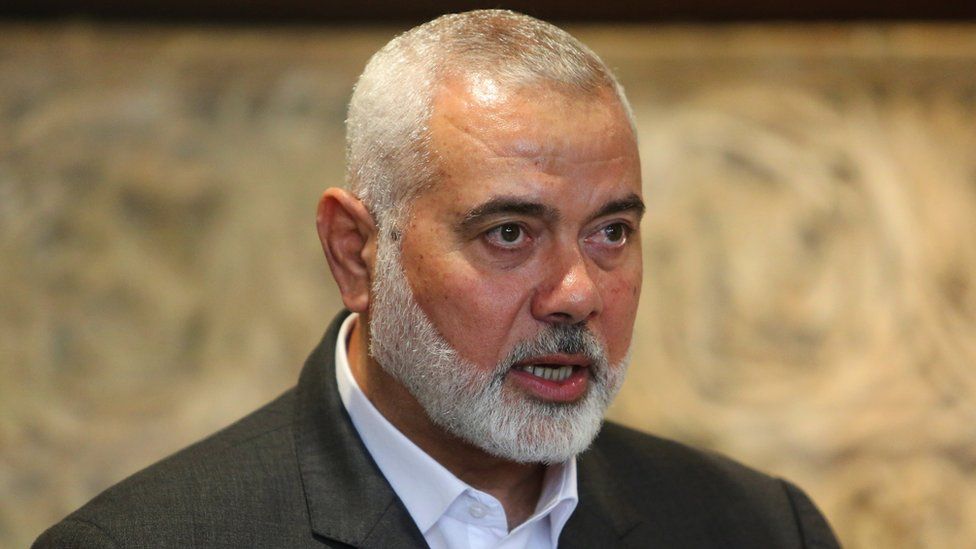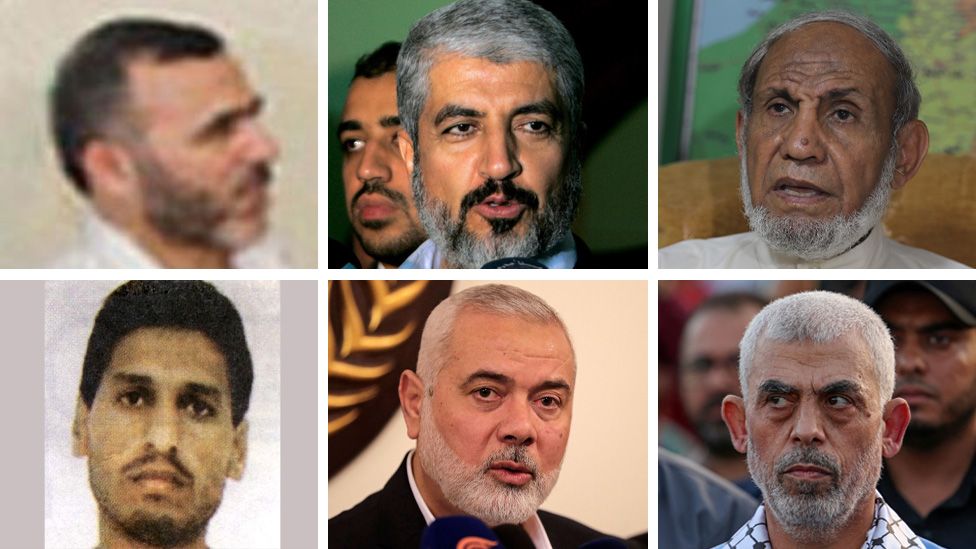Historical Context

The Israeli-Palestinian conflict is a complex and multifaceted issue with deep historical roots. Understanding the origins of the conflict, the role of Hamas, and the key events that have shaped it is crucial for comprehending the present situation and potential avenues for resolution.
Origins of the Conflict
The conflict’s roots can be traced back to the late 19th and early 20th centuries, with the rise of Zionism, a movement advocating for the establishment of a Jewish homeland in Palestine. Simultaneously, Palestinian Arabs were struggling against Ottoman rule and seeking independence. The Balfour Declaration of 1917, which promised a Jewish homeland in Palestine, further fueled tensions between Jewish and Arab populations. After World War II, the United Nations proposed a partition plan for Palestine, dividing the territory into a Jewish state and an Arab state. However, this plan was rejected by Arab leaders, leading to the 1948 Arab-Israeli War. The war resulted in the establishment of Israel and the displacement of hundreds of thousands of Palestinians, known as the Nakba (catastrophe).
The Rise of Hamas
Hamas emerged in the 1980s as a Palestinian Islamist organization. Its founding was a response to the perceived failure of the Palestine Liberation Organization (PLO) to achieve Palestinian statehood. Hamas’s ideology is rooted in Islamic fundamentalism and its ultimate goal is the establishment of an Islamic state encompassing all of historic Palestine. The organization gained prominence during the First Intifada (1987-1993), a Palestinian uprising against Israeli occupation. Hamas’s use of armed resistance, including suicide bombings, gained notoriety and raised concerns about its approach to achieving Palestinian goals.
Key Events and Agreements
The Oslo Accords, signed in the 1990s, aimed to create a framework for peace between Israel and the PLO. However, these agreements failed to achieve a lasting resolution. The Second Intifada (2000-2005) further escalated tensions, with Hamas playing a significant role in the armed resistance. The 2006 Hamas victory in Palestinian elections marked a turning point in the conflict, raising concerns about the organization’s commitment to peace and its willingness to recognize Israel. The subsequent Israeli military operations in Gaza, including Operation Cast Lead (2008-2009), Operation Pillar of Defense (2012), and Operation Protective Edge (2014), have had a profound impact on the Palestinian population and contributed to the ongoing humanitarian crisis in Gaza.
Hamas’s Ideology and Leadership
Hamas’s ideology distinguishes it from other Palestinian factions, such as Fatah. While Fatah seeks a two-state solution, Hamas rejects this approach and advocates for the establishment of an Islamic state encompassing all of historic Palestine. Hamas’s leadership has been marked by a strong emphasis on Islamic principles and a commitment to armed resistance. The organization’s leadership structure is hierarchical, with a Supreme Council and a political bureau responsible for decision-making. Hamas’s commitment to armed resistance has been a source of controversy, with some arguing that it hinders peace efforts while others view it as a necessary tool for achieving Palestinian self-determination.
Leadership Structure and Dynamics: Israel Hamas Leader

Hamas, a Palestinian Islamist political and militant organization, has a complex and evolving leadership structure that reflects its multifaceted nature as both a political party and an armed resistance group. Understanding the organization’s leadership dynamics is crucial for comprehending its decision-making processes, its strategies, and its relationship with other actors in the region.
Organizational Structure, Israel hamas leader
The structure of Hamas leadership is characterized by a hierarchical system, with a central leadership council known as the Shura Council serving as the supreme decision-making body. The Shura Council is composed of senior Hamas leaders, including members of the political bureau, the military wing, and other prominent figures. This council plays a significant role in shaping the organization’s overall strategy and policies, including decisions related to armed conflict, political negotiations, and social issues.
The political bureau of Hamas is responsible for overseeing the organization’s political activities and engaging in diplomatic efforts. The political bureau is headed by the Hamas leader, currently Ismail Haniyeh, who is responsible for representing Hamas in international forums and leading negotiations with foreign governments.
The military wing of Hamas, known as the Izz ad-Din al-Qassam Brigades, is responsible for carrying out armed operations against Israel. The military wing operates independently of the political bureau but remains accountable to the Shura Council. The Izz ad-Din al-Qassam Brigades are led by a military commander who reports directly to the Shura Council.
Power Dynamics
The power dynamics within Hamas leadership are characterized by a complex interplay of factors, including ideological commitment, political influence, and military prowess. The Shura Council, as the supreme decision-making body, holds significant power, but the influence of individual leaders can vary depending on their experience, charisma, and support within the organization.
There have been instances of internal conflicts and power struggles within Hamas, particularly between the political bureau and the military wing. These conflicts often arise from differing perspectives on strategy, with the political bureau prioritizing diplomacy and negotiations while the military wing emphasizes armed resistance. The Shura Council plays a crucial role in mediating these conflicts and maintaining internal unity.
Leadership Styles
Hamas has been led by a number of prominent figures, each with their own distinct leadership style and impact on the organization’s strategies and policies.
- Sheikh Ahmed Yassin, the founder of Hamas, was known for his charismatic leadership and his unwavering commitment to armed resistance against Israel. He was assassinated by Israel in 2004, leaving a void in Hamas leadership.
- Khaled Mashal, the current head of Hamas’s political bureau, is considered a pragmatist who has sought to strengthen Hamas’s international standing and engage in political negotiations. He has played a key role in brokering ceasefires and facilitating dialogue with Israel.
- Ismail Haniyeh, the current Hamas leader, is known for his strong ties to the Palestinian people and his commitment to social justice. He has focused on improving living conditions in Gaza and providing basic services to the population.
The leadership styles of these prominent figures have shaped Hamas’s strategies and policies, contributing to its evolving role in the Palestinian-Israeli conflict.
Israel hamas leader – The whole Israel-Hamas situation is crazy, right? It’s like a never-ending cycle of violence. Need a break from all the news? Maybe try giving your living room a makeover with a slip cover accent chair. It’ll give your space a fresh look and help you relax while you ponder the complexities of international politics.
But hey, at least your chair will be comfy while you do it!
The Israel-Hamas conflict is a serious issue, but sometimes you just need a break from the news, right? Maybe chill out in a Disney Minnie Mouse figural bean bag chair and watch some cartoons. It’s a reminder that even in the midst of conflict, there’s still room for a little bit of fun and escapism.
Hopefully, the leaders involved can find a peaceful resolution soon.
